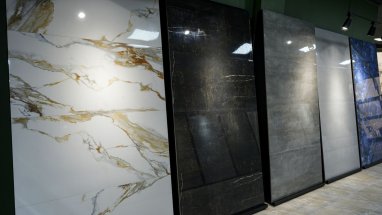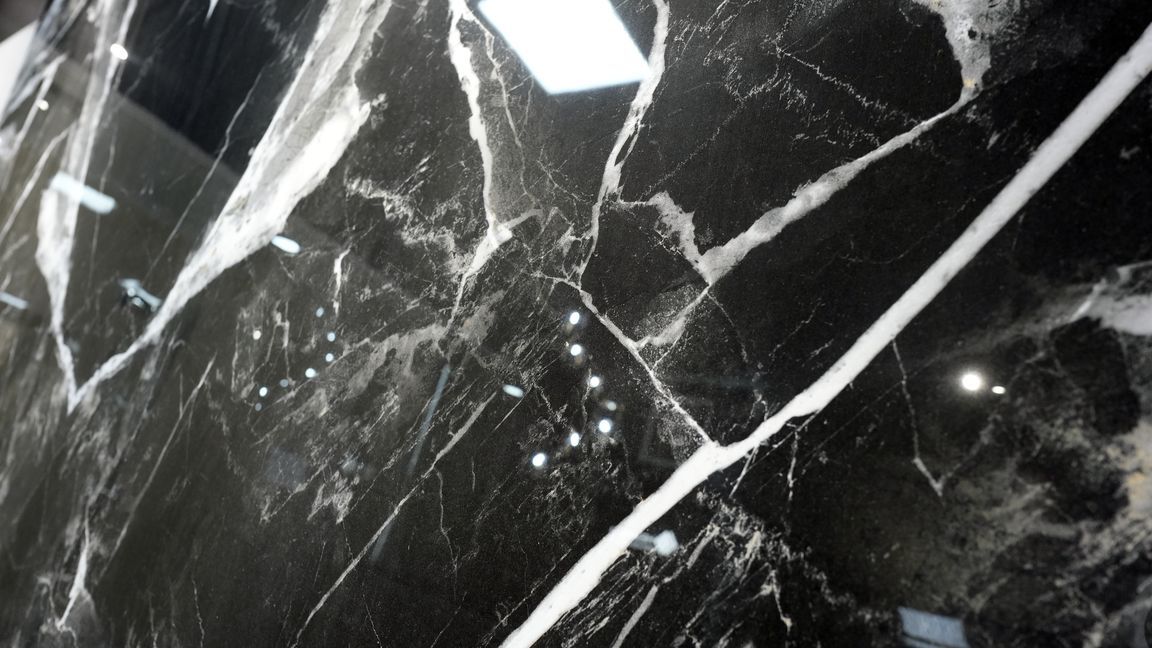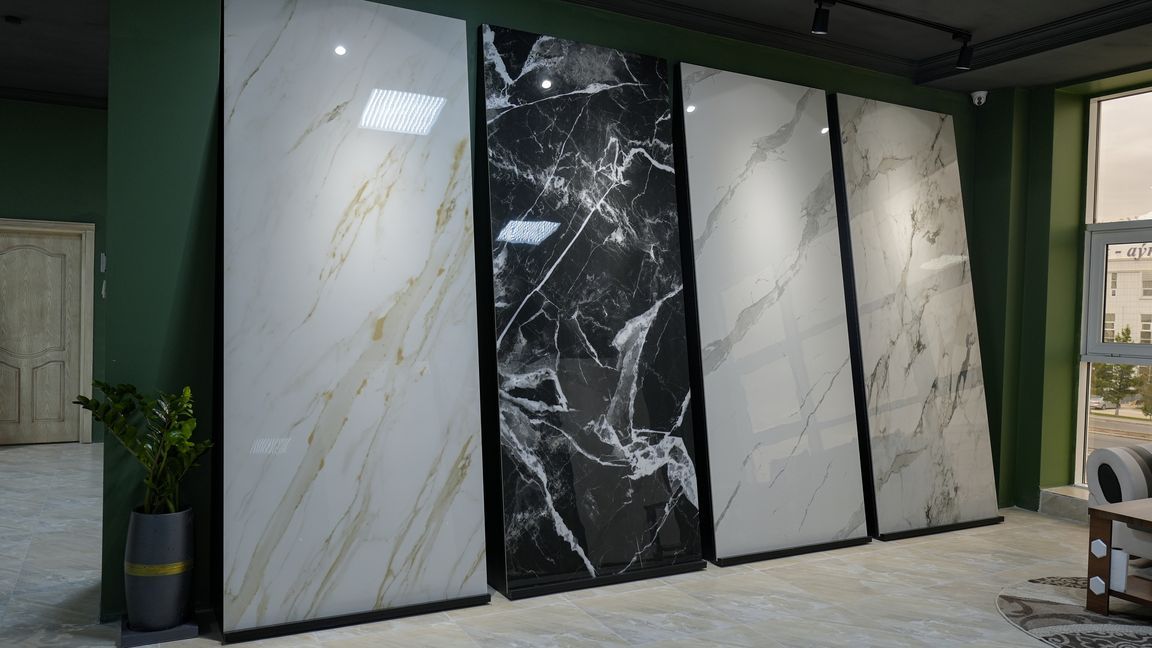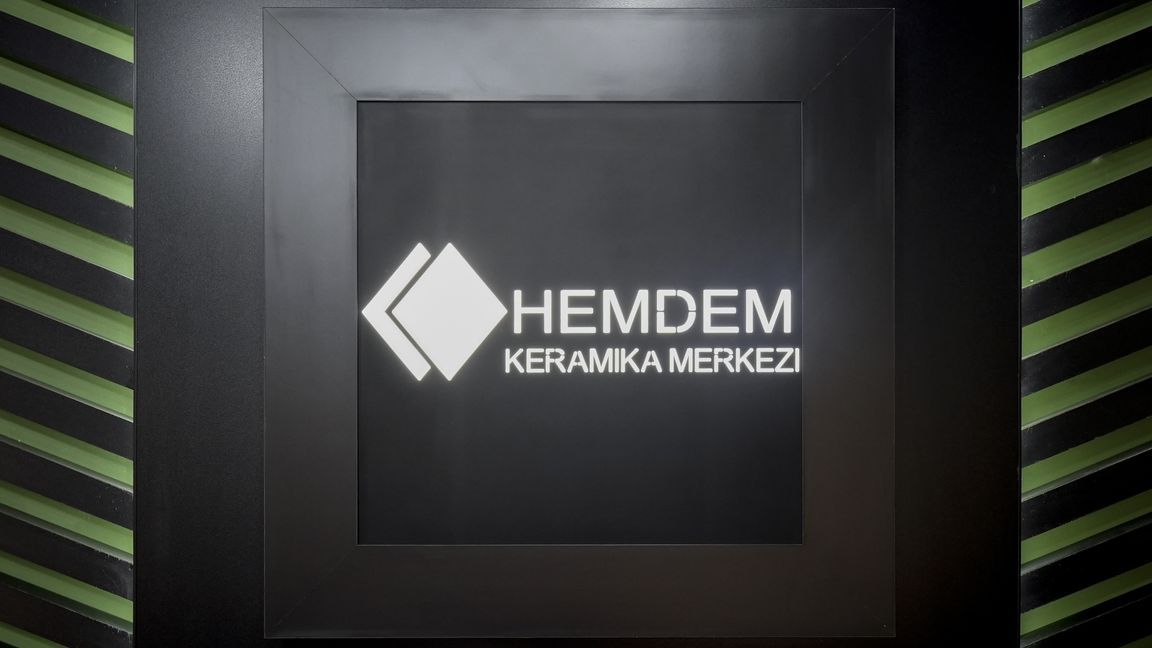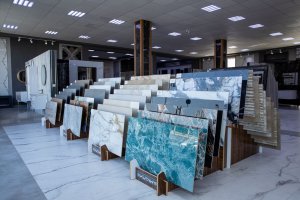Increasingly popular in our time is gaining such a type of finishing material as porcelain stoneware. As the name implies, it is a ceramic tile with a surface that imitates processed granite, or other natural stone, in a variety of colors.
It appeared in 1978 in Italy and at first was used only for finishing non-residential premises - at industrial enterprises, in the halls and lobbies of public buildings and entrances of residential buildings, restaurants, train stations and airports, for facing swimming pools and building facades. Due to its strength, it could withstand the increased loads that always fall on the floor in such rooms.
Gradually, users appreciated the benefits of porcelain stoneware and began to use it to cover floors and walls in houses and apartments.
First of all, porcelain stoneware is appropriate in hallways and kitchens, that is, in places of high traffic and where floors and walls are most often exposed to moisture and pollution. The thickness of porcelain stoneware for wall decoration should be no more than 8 – 8,5 mm, and for the floor - from 12 mm. For finishing floors, it is best to choose slabs with a slightly rough surface, and walls can also be clad with glossy slabs.
How does it differ from ceramic tile?
Porcelain stoneware differs from ordinary ceramic tiles in manufacturing technology. The composition of ceramic tiles and porcelain stoneware includes white clay - kaolin, quartz sand, feldspar, water, additional additives. Like ceramic tiles, porcelain tiles are made by pressing, but under much greater pressure. Besides that, the firing temperature of porcelain stoneware slabs is about 1300 degrees, ceramics are fired at much lower temperatures. Thus, a material is obtained that not only looks like polished granite, but is also very close to it in strength. The hardness of porcelain stoneware is only slightly inferior to diamond, it is almost impossible to scratch it. Therefore, porcelain stoneware is more expensive than ceramic tiles.
Benefits of porcelain stoneware
Porcelain stoneware manufacturers claim that the service life of such plates is up to 50 years. The pattern on the surface will not fade over time from mechanical stress, sunlight and detergents. This is because the pattern is not applied to the surface after manufacturing, but is formed directly in its process. Moreover, the pattern can imitate both granite and marble, and even a cut of a tree. The surface can be glossy or rough, imitating raw stone.
Porcelain stoneware absorbs moisture half as much as ordinary ceramic tiles and withstands high temperatures, so they can cover the floor near the fireplace, and it can withstand low temperatures perfectly and does not crack from frost.
Among the disadvantages of porcelain stoneware is its heavy weight, so it is still better to lay it on a concrete floor, on a concrete or brick wall, other surfaces simply cannot stand it. Also, porcelain stoneware is capricious to the adhesive composition - it cannot be laid on cement-based solutions or containing a lot of moisture, it will soon begin to peel off from the surface.
In the Hemdem store in Ashgabat, the choice of porcelain stoneware is very large and will permit to choose the perfect option for any room. The products presented in Hemdem are all original - from leading European manufacturers such as Roca, Modern Ideal Company and others, and have quality and safety certificates.
You can choose the most suitable porcelain stoneware for your interior and get professional advice in the store at the address: Ashgabat, st. G. Kuliyeva (Bypass), Altyn building, 2nd floor.
Contacts for communication:
- page in the social network;
- phones: (+993 65) 65 16 15; (+993 65) 67 79 47.
Resources: srbu.ru; market.yandex.ru; zen.yandex.ru.
